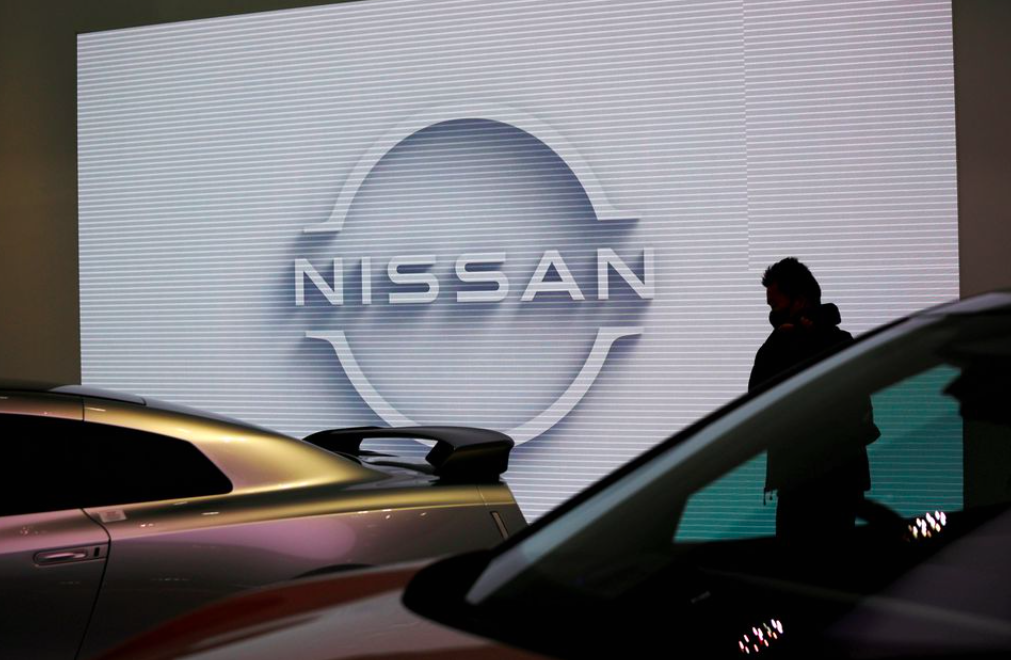TOKYO, Nov 9 (Reuters) – Nissan Motor (7201.T) and Honda Motor (7267.T) on Thursday said they expect higher profits this year than previously forecast, a sign of how Japan’s automakers are seeing some benefit from a weak yen currency and a recovery in sales.
That outlook, however, is tempered by the scope of the challenges they face in China, the world’s top car market, where Japanese car makers, like other foreign brands, face the rise of domestic players, the popularity of electric vehicles and growing price competition, hurting prospects.
“We would look to put our China business back on a growth track despite the continuing harsh conditions,” Nissan Chief Executive Officer Makoto Uchida told a briefing following the release of results, unveiling new steps for China.
Nissan reported a 127% jump in July-September operating profit to 208.1 billion yen ($1.38 billion), beating an average estimate of 155.9 billion yen in a poll of 10 analysts by LSEG.
It raised its full-year forecast by nearly 13% to 620 billion yen due to a favourable impact of a weak yen and improvements in global retail sales, excluding China.
The company will launch four Nissan-branded new energy cars in China by 2026, the first of which will be a battery-powered and will be rolled out in the second half of next year, Uchida said.
Nissan said its retail car sales in China were down 34.3% to 359,000 vehicles in April-September from a year earlier, versus a 23.4% rise to more than 1.2 million cars in all other markets over the same period.
It has seen its Sylphy sedan, China’s top-selling car for three years to 2021, slip to fourth place in January-September sales rankings behind three electric models, data from the China Association of Automobile Manufacturers shows.
Uchida said Nissan would launch six locally branded models made exclusively for the Chinese market by 2026. It will also start exporting cars from China to other overseas markets from 2025, initially aiming for a volume at the 100,000-level.
HONDA MOTOR
Honda, meanwhile, raised its full-year profit forecast by 20% to 1.2 trillion yen as Japan’s second-biggest automaker also reaped a windfall from stronger sales in the United States and the weaker yen, helping it offset falling sales in China.
Honda’s operating profit rose 31% to 302.1 billion yen in the September quarter from the previous year, coming in below an average 345.3 billion yen analyst estimate.
There was no change to Honda’s plan to begin a driverless ride service in Japan in 2026 through a joint venture it aims to set up with General Motors (GM.N) and Cruise, Chief Operating Officer Shinji Aoyama told an earnings briefing.
Honda has no plan to make any further investment in Cruise, Aoyama said, but were something to happen to the robotaxi operator, there would be various possibilities for consideration and Honda would be making “appropriate” decisions about it.
Cruise said last month it would halt all operations in the United States after the California Department of Motor Vehicles ordered it to remove its driverless cars from state roads.
It is facing multiple federal investigations in the United States over the safety of its cars.
($1 = 150.8700 yen)
Reporting by Daniel Leussink; Editing by David Dolan and Muralikumar Anantharaman











